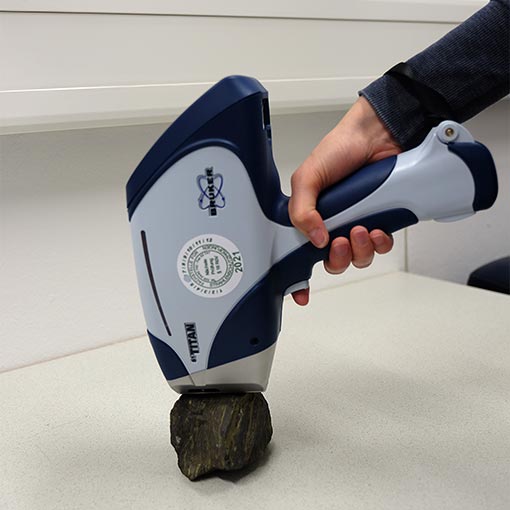Field Portable Instruments
Field portable x-ray fluorescence (pXRF) and infrared (pIR) devices have dramatically changed times of data acquisition along the Mining Value Chain. Before the advent of field portable instruments, making an informed decision on the significance of a sample’s chemistry and mineralogy was dependent on the turnaround times of commercial laboratories (weeks to months). Being able to make these decisions in a more timely manner leads to more efficient and cost-effective exploration, mining, and environmental practices.

Today, pXRF and pIR instruments are increasingly used within the resource industry as they have many clear advantages. The technology allows for real-time “fit-for-purpose” data to be collected in the field. No advanced training compared to laboratory environments is required to use the equipment, although appropriate work place health and safety training for operators is necessary. Results are obtained almost immediately and facilitate rapid real-time assessment and decision-making on-site, assuming the instruments are used correctly and their limitations understood by the user. The potential cost savings in screening samples for laboratory analysis are particularly attractive.
In mineral exploration, the use of pXRF spectrometry has mainly focused on heavy metals (such as Fe, Ni, Cu, Pb, and Zn); it has been applied to analyse pathfinder elements in Au exploration, Ni and Fe contents in laterites, and to characterize carbonatite-hosted Nb mineralization. However, studies about the use of pXRF for the characterization of critical raw materials are still scarce.
The LoCoSu project will test the method’s potential as a geochemical exploration tool in the search of REE and Co deposits and in the recovery of critical elements from tailings (e.g. Ga, Ge, In, W).




